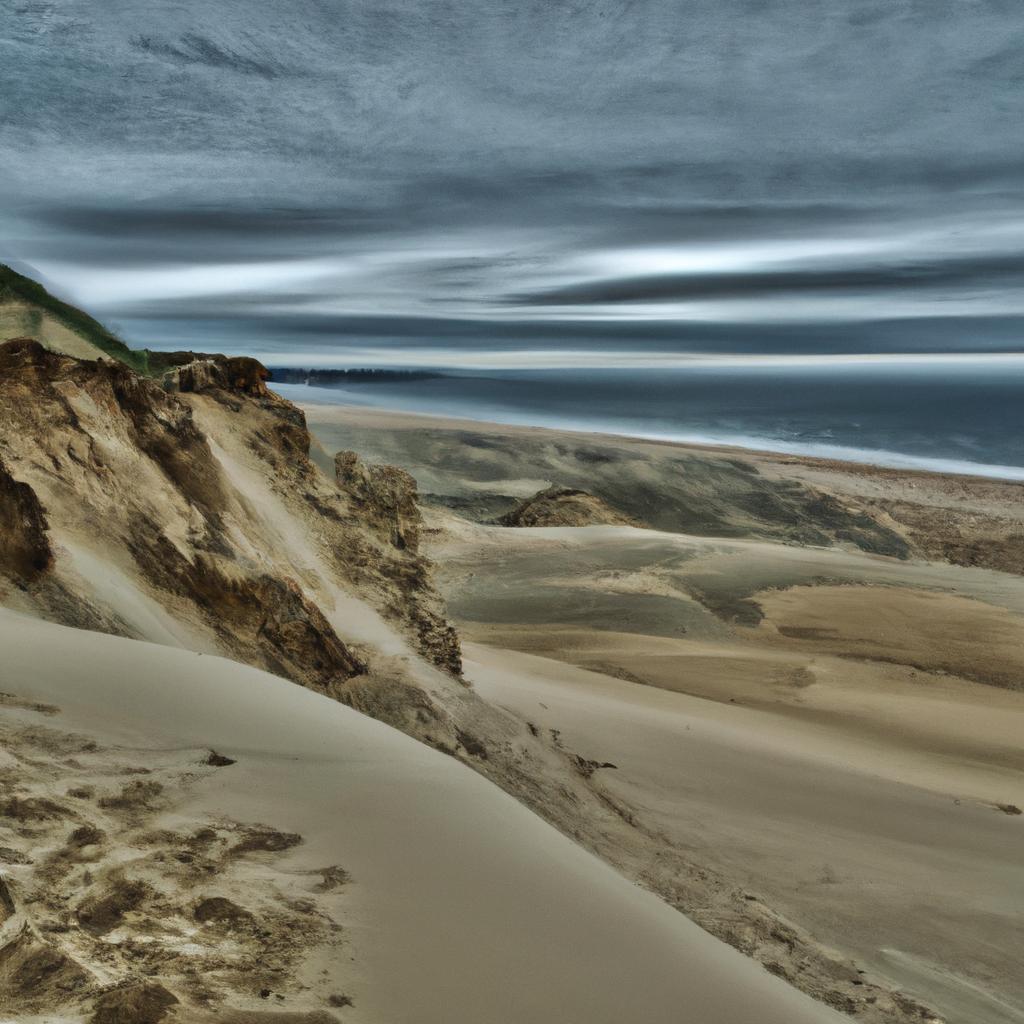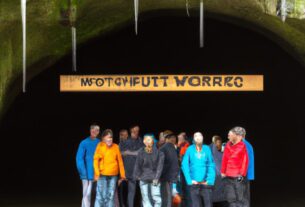Namibia’s Skeleton Coast is an enigmatic place that beckons explorers with its rugged terrain and captivating allure. Spanning 500 km along the Atlantic Ocean, this coastal wonderland unveils a world of eerie shipwrecks, stark landscapes, and thriving wildlife. It is a destination that seamlessly blends nature, geography, and history, making it an absolute must-see for intrepid travelers seeking a truly unique experience.
The Fascinating History of Skeleton Coast
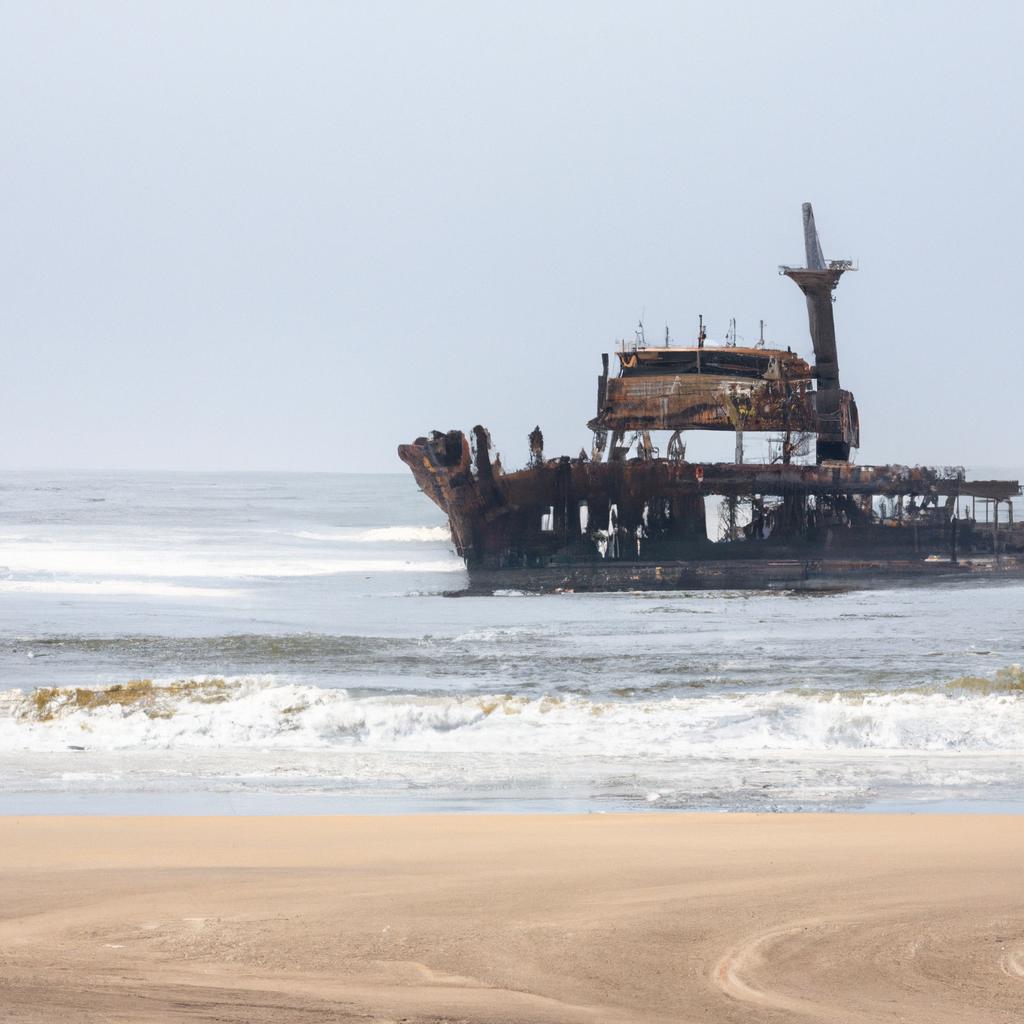
The Skeleton Coast derives its name from the multitude of shipwrecks that have met their fate along its treacherous shores over the centuries. Initially dubbed “The Gates of Hell” by Portuguese sailors, this forbidding region was avoided due to its hostile conditions. It wasn’t until the early 20th century, with the onset of diamond mining, that the area began to receive attention. Even today, remnants of the buildings and infrastructure from the diamond mining era can still be witnessed, testament to its rich history.
The Skeleton Coast also holds a cultural heritage that stretches back over 2,000 years. The San people, the region’s earliest inhabitants, have thrived on its natural resources for millennia. Additionally, the Himba people, known for their iconic red ochre coloration, have also made this land their home.
Recognizing the ecological significance of this unique area, numerous organizations relentlessly work towards its conservation. The establishment of the Skeleton Coast National Park in 1971 was a pivotal step in protecting its distinctive flora and fauna. From the rare desert elephant and black rhino to the majestic lion, the park is a sanctuary for many endangered species. Its coastal waters also harbor dolphins, whales, and seals, safeguarding the marine life that graces these shores.
Unveiling the Geography and Climate
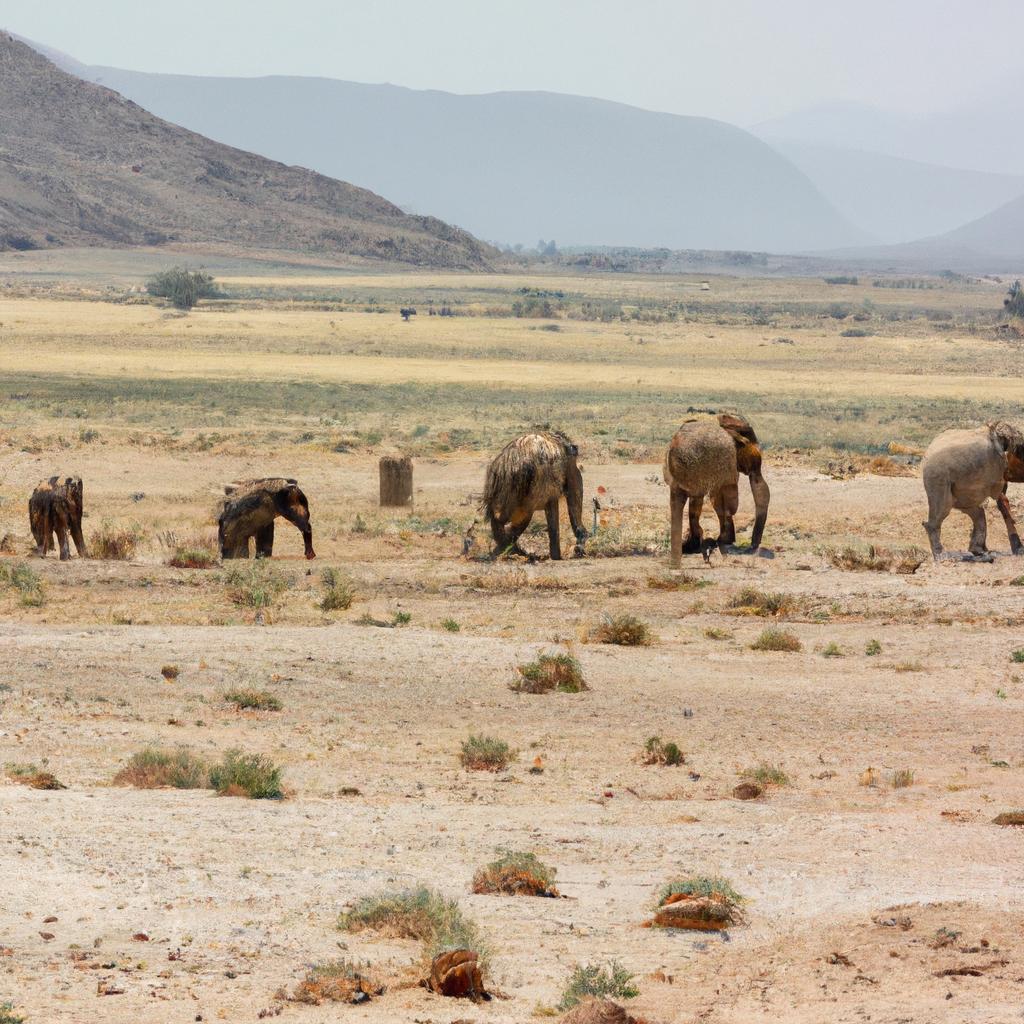
Situated in the northwest of Namibia, the Skeleton Coast stretches from the Kunene River in the north to the Ugab River in the south. Its rugged terrain showcases a striking combination of rocky outcrops, sand dunes, and gravel plains. Nestled within this landscape lie salt pans and lagoons that provide vital havens for a plethora of bird species.
The climate of the Skeleton Coast boasts scorching heat and aridity, with temperatures ranging from 15°C to 25°C. It is characterized by strong winds and frequent fog, which lend an eerie and surreal ambiance to the area. The cold Benguela Current flowing along the coast generates the fog, playing a crucial role in the survival of the region’s distinctive plant and animal species.
A Pristine Ecosystem Teeming with Life

The Skeleton Coast boasts an astonishing array of plant and animal species, many of which exist nowhere else. These fragile ecosystems are heavily reliant on conservation efforts to thrive. The establishment of the Skeleton Coast National Park has been instrumental in safeguarding the area’s unique biodiversity.
Within the park’s boundaries dwell an array of rare and endangered species, including the desert elephant, black rhino, and lion. The coastline shelters dolphins, whales, and seals, while the skies above teem with flamingos, pelicans, and cormorants. Resilient desert-adapted plants, such as the long-living welwitschia and the vital lichen fields, further enhance the mesmerizing beauty of this region.
Preserving the Skeleton Coast’s delicate ecosystem necessitates relentless conservation efforts. The park takes a multi-faceted approach, focusing on habitat restoration, anti-poaching initiatives, and educational programs, all geared towards raising awareness and ensuring the region remains a treasure for generations to come.
Unraveling Activities and Attractions
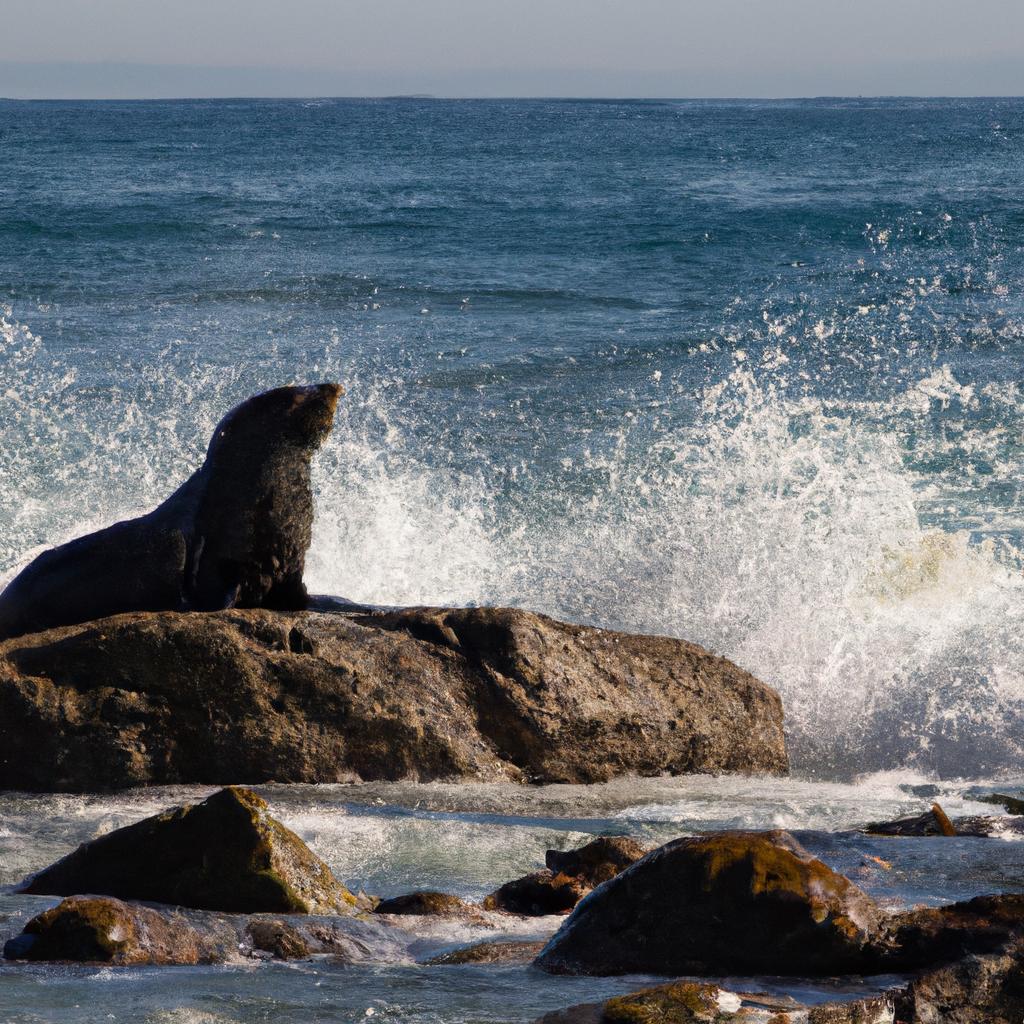
The Skeleton Coast offers an abundance of activities and attractions to captivate any visitor’s imagination. Guided tours through the Skeleton Coast National Park provide an up-close encounter with its unique flora and fauna. Hiking, bird watching, and wildlife safaris are just a few of the exhilarating pursuits awaiting intrepid adventurers.
Among the notable landmarks is the Cape Cross Seal Reserve, the largest breeding colony of Cape fur seals worldwide. The half-buried shipwreck of the Eduard Bohlen, which ran aground in 1909, stands as a captivating testament to the region’s maritime history.
The best time to embark on a Skeleton Coast adventure is during the dry season, from May to October. This period offers optimal conditions for exploration and outdoor activities. However, it’s crucial to note the harsh climate, with temperatures plummeting after sunset.
To ensure a seamless visit, extensive research and advance accommodation booking are recommended. Numerous lodges and campsites situated in and around the park offer a range of options catering to various preferences.
The Enigmatic Conclusion
In conclusion, the Skeleton Coast stands apart as a truly extraordinary destination, enticing travelers with its rugged beauty and captivating mysteries. Whether you’re seeking wildlife encounters, thrilling adventures, or simply the opportunity to immerse yourself in stunning landscapes, the Skeleton Coast offers an unparalleled experience. When planning your journey through Namibia, make sure to include the Skeleton Coast on your itinerary, and witness firsthand the allure of this mysterious and breathtaking location.
To learn more about TooLacks and embark on your next adventure, visit TooLacks.
